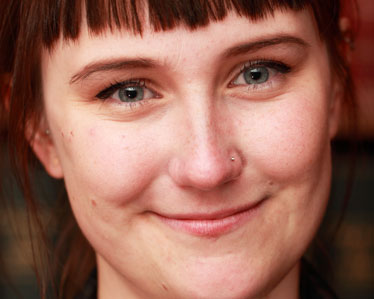
Conference: Society for Neuroscience, November 11-15, 2017, Washington, DC, USA.
Conference Highlight: Society of Neuroscience (SfN) is the most well-recognized and largest neuroscientific meetings. The size and scope of SfN offers an exceptional opportunity to present to a wider audience.
Conference Summary: One of the biggest challenges in the field of non-invasive brain stimulation (NIBS) is a high degree of inter-individual variability—the average effects observed during stimulation may not hold at the individual level. One way to address this issue is to design protocols that combine NIBS with brain imaging techniques like electroencephalography (EEG) to effectively ‘close the loop’ and stimulate the brain at an appropriate time. It is thought that closed-loop stimulation with EEG should improve the inter-individual variability inherent in the effects of NIBS.
The nanosymposium lecture by Christoph Zrenner (University of Tubingen) highlighted this challenge and presented a novel technique to monitor local EEG signals during transcranial magnetic stimulation (TMS) and time the pulses of TMS. Dr. Zrenner and his colleagues found that when they stimulated the motor cortex during the negative peak of an alpha (8-12 Hz) oscillation, they were able to achieve a markedly greater evoked muscle response (monitored using the motor evoked potential). Furthermore, they noted an alpha phase-dependent plasticity in the motor cortex such that long-term potentiation of the motor cortex was specific to stimulation during the negative phase of alpha, and long-term depression was similarly specific to the positive phase of alpha. This effect was spatially- and frequency-specific, so that moving the EEG electrodes or monitoring a different frequency (e.g. beta) removed this effect. Of note, the Zrenner lab is beginning to use closed-loop techniques in attempt to improve efficacy rates in cases where NIBS protocols are used to treat major depression.

